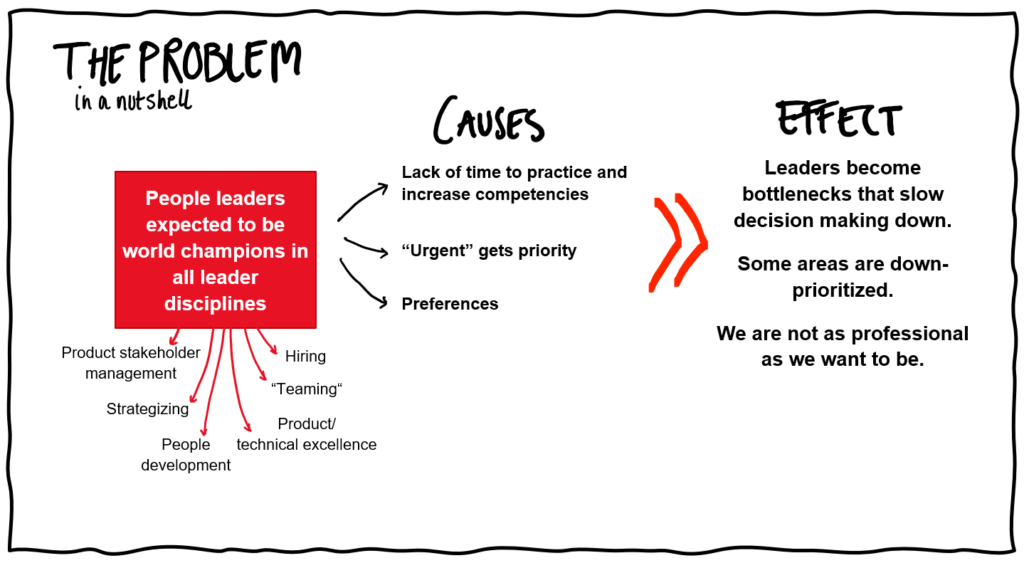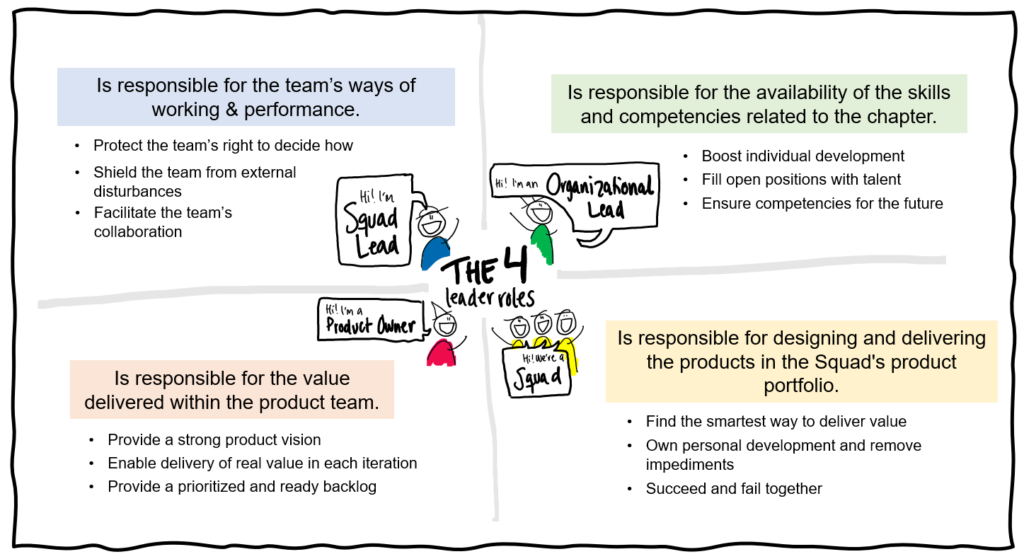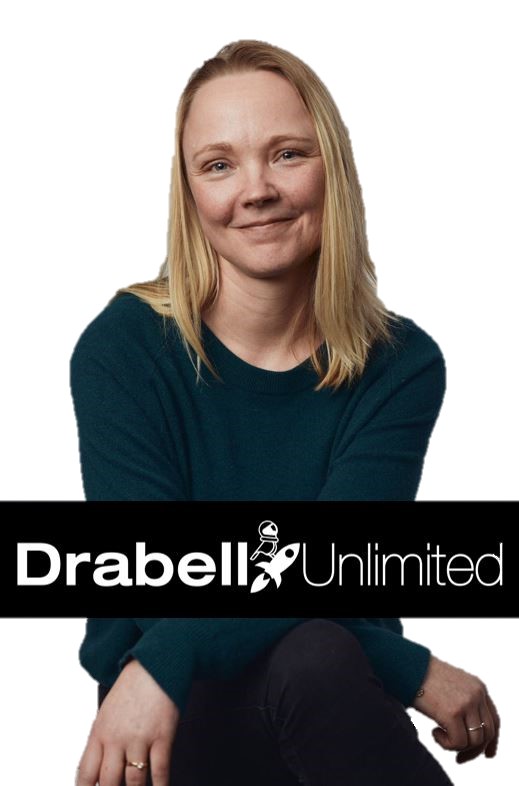Hvad er dit team’s spirit animal?
Har du prøvet at tage en personlighedstest og haft en aha-oplevelse, fordi du pludselig forstod dig selv bedre? Eller elsker du at tage små åndsvage tests når du surfer (åh, jeg er så boomer) rundt på nettet?
Uanset om du synes, den slags tests er fup eller fakta, så elsker hjernen mønstre og forklaringer, og de kan give anledning til nye reflektioner, der i sidste ende kan hjælpe os til nye erkendelser. Står du i et dødvande, så kan sådan et lille skub sagtens have sin berettigelse – så længe vi er enige om, at de ikke indeholder en højere sandhed om hverken dig eller verden.
Nu rokker jeg så gevaldigt ved dit verdensbillede, når jeg fortæller dig, at der er udviklet en personlighedstest til lederteams! Jo, den er god nok. Lige nu går den under arbejdstitlen The Great Leader Team Teamonality Test (TGLTTT, yes) og ved at svare på 3 spørgsmål [gå til TESTEN i bunden af artiklen] kan den identificere dit lederteams “spirit animal”, altså det dyr, dit team minder mest om – med sine særlige kendetegn, styrker og svagheder.
Der er 9 forskellige typer af lederteams, der adskiller sig fra hinanden i kombinationen af 1) gruppens leders måde at engagere sig i teamet på, 2) gruppens fælles mål (eller manglen derpå) og 3) samarbejdets karakter.
De 9 ledergruppe typer
PRIDES OF LIONS
PACKS OF WOLVES
HERDS OF ELEPHANTS
CLOWDERS OF CATS
TEAMS OF GEESE
WADDLES OF PENGUINS
BLOOMS OF JELLY FISH
ARMIES OF ANTS
De 9 ledergruppe typer er udviklet af Drabell Unlimited (C) 2022.
Nå du ser på din ledergruppes karateristika, hvad minder I så mest om?
KATTE, som er “lone riders” og har ret frie tøjler til at organisere sig som de vil, hvis blot de møder deres leders overordnede mål, men som ikke er helt så gode til at udnytte hinandens styrker og synergier?
LØVER, der opererer megaeffektivt sammen, fordi I i ledergruppen har frihed til at selv-organisere, men som ikke har særlig stort incitament til at lave større forandringer?
Eller GOPLER, der hver især har stor frihed til virkelig at shine og gøre en forskel, men som ellers ikke har ret meget til fælles med resten af ledergruppen?
Gå på opdagelse ovenfor i de 9 ledergruppe typer eller tag testen nedenfor. Den kan give dig et anderledes perspektiv på, hvor I er, og pointers til, hvordan I kan udvikle jer til at samarbejde mere og bedre – eller FELLOW LEADERSHIP som vi kalder det, hvis I tør.
God fornøjelse!






